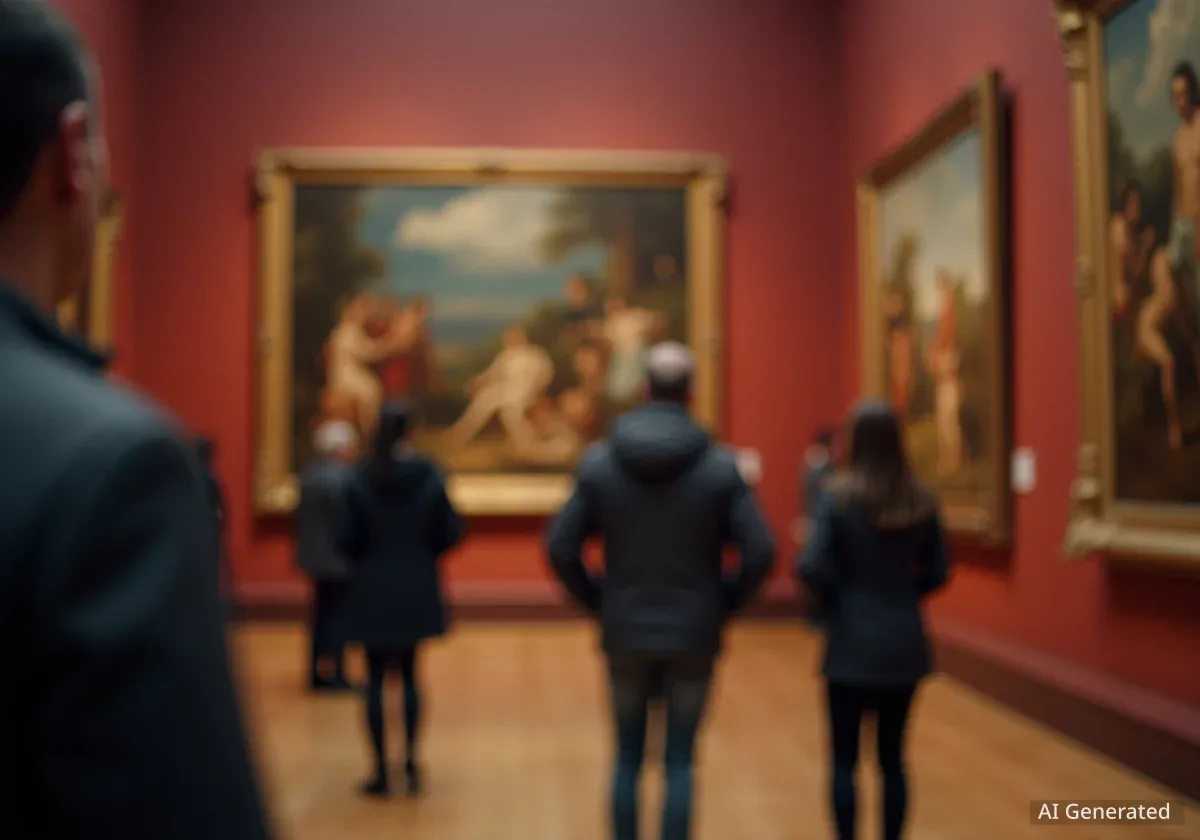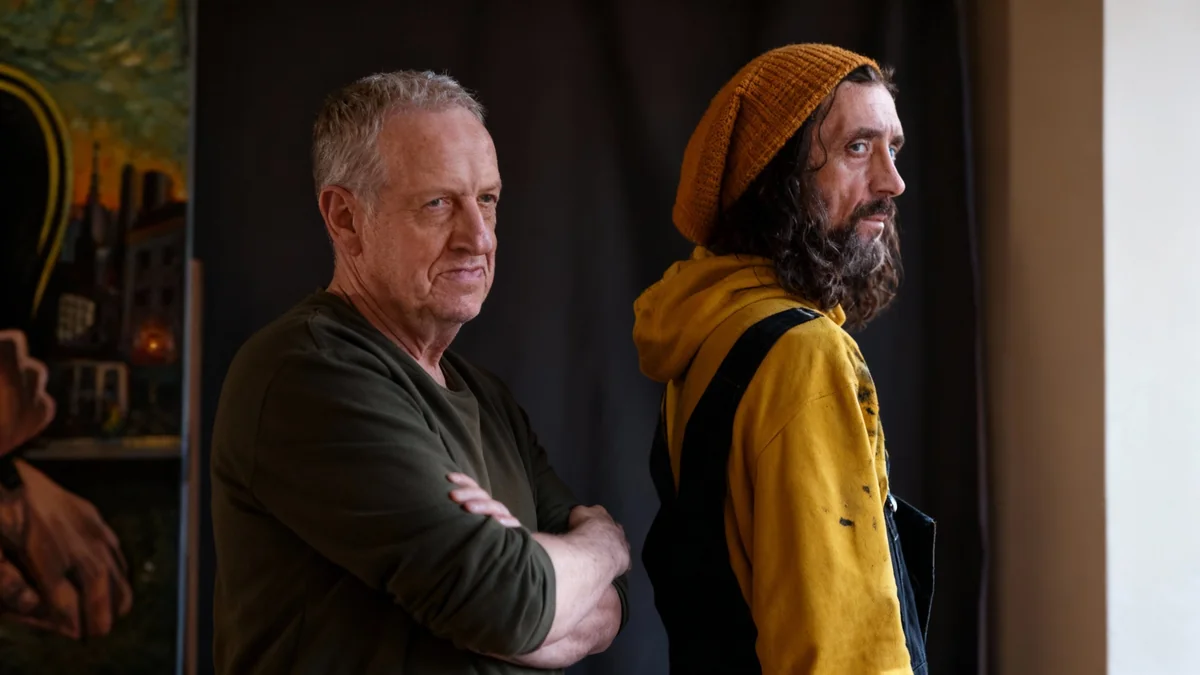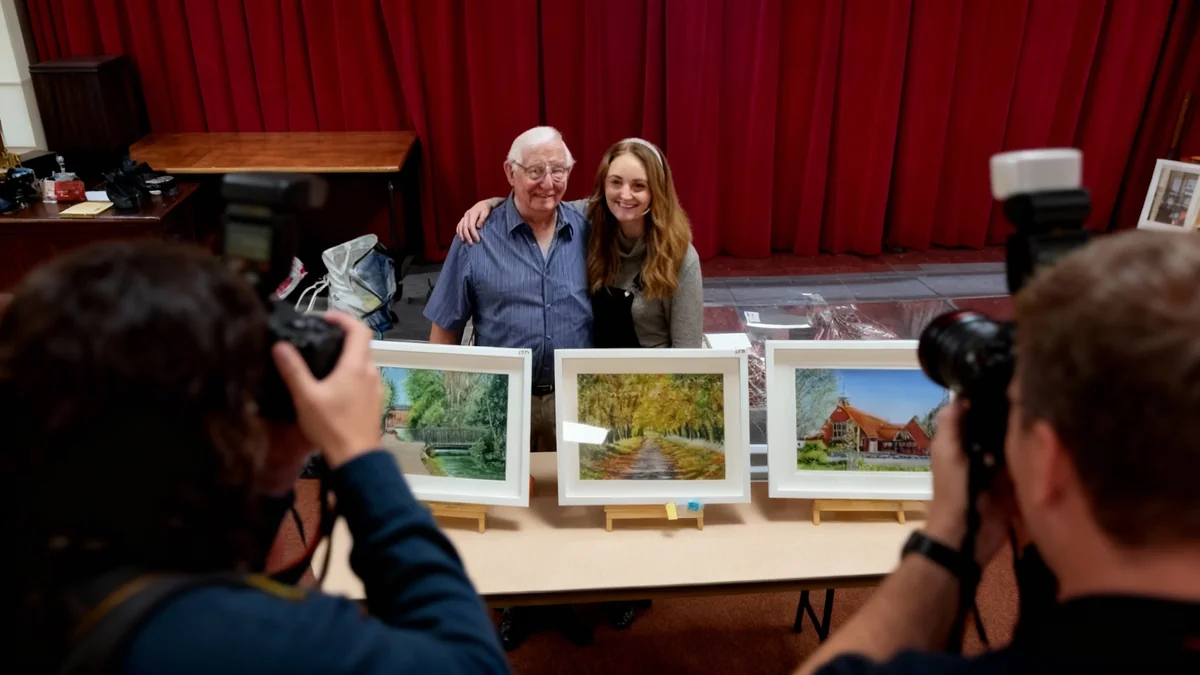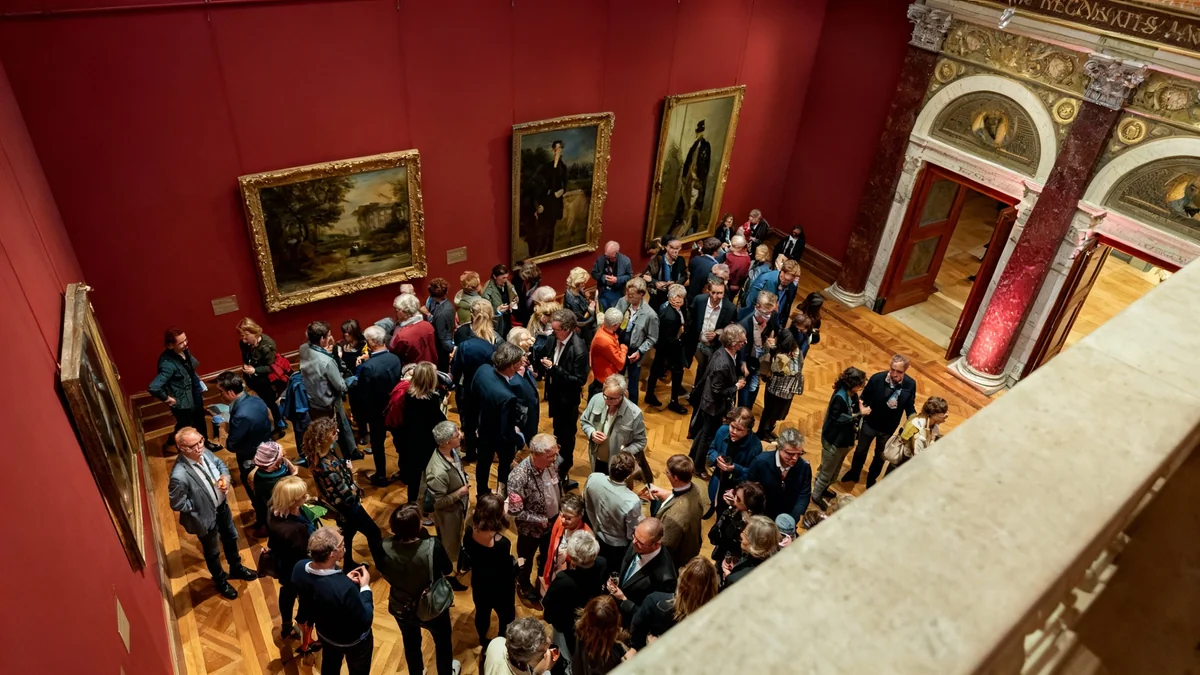A major exhibition dedicated to the 17th-century Flemish Baroque painter Michaelina Wautier is now open at the Kunsthistorisches Museum in Vienna. This show, titled “Michaelina Wautier, Painter,” marks the largest collection of her works to date. It features 29 paintings and one drawing, highlighting a significant moment in the art world as Wautier's contributions, long overlooked or misattributed, gain rightful recognition.
Key Takeaways
- Michaelina Wautier's work is featured in her largest exhibition yet at the Kunsthistorisches Museum in Vienna.
- Art historian Katlijne Van der Stighelen's three-decade research led to this recognition.
- Wautier's paintings were often mistakenly attributed to male artists for centuries.
- The exhibition includes 29 paintings and one drawing, showcasing her diverse talent.
- A version of the show will travel to the Royal Academy in London in March 2026.
Rediscovering a Master Painter
The journey to this exhibition began in 1993. Art historian Katlijne Van der Stighelen made a crucial discovery. She found a painting by Michaelina Wautier in a storage area at the Kunsthistorisches Museum. This initial find sparked a three-decade-long research effort. Van der Stighelen dedicated her work to uncovering the true identity and artistic legacy of this little-known 17th-century artist.
For many years, art experts did not believe that such powerful and skilled canvases could have been created by a woman. This led to Wautier's works being frequently attributed to male painters of her era. This practice obscured her identity and contributions to the Flemish Baroque movement.
Fast Facts on Michaelina Wautier
- Born: Likely around 1604 in Mons, Spanish Netherlands (modern-day Belgium).
- Active Period: Mid-17th century, primarily in Brussels.
- Known For: Portraits, genre scenes, historical paintings, and still lifes.
- Signature Style: Known for detailed brushwork and strong compositions.
- Legacy: One of the few female artists of her time to achieve significant recognition.
The Vienna Exhibition: A Full Circle Moment
The opening of “Michaelina Wautier, Painter” on Tuesday, September 29, 2025, represents a significant milestone. It brings Wautier’s art into the spotlight it deserves. Jonathan Fine, the director general of the Kunsthistorisches Museum, emphasized the historical context.
“She’s a Flemish Baroque painter, a woman, and for many years people didn’t believe that the canvases done by her were by her,” Fine stated. He highlighted the persistent bias that affected Wautier’s recognition for centuries.
The exhibition is a comprehensive display of her versatility. It includes a wide range of subjects and styles. Visitors can observe her skill in depicting human figures, everyday life, and complex historical narratives. The show also features a rare drawing, offering insight into her artistic process and preparatory work.
The Scope of Wautier's Work
Wautier was exceptional for her time. She painted a variety of subjects, which was uncommon for female artists in the 17th century. Many women artists were limited to portraits or still lifes. Wautier, however, tackled large-scale historical and religious compositions, demonstrating her mastery of diverse genres.
Her self-portrait, painted around 1650, is a key piece in understanding her legacy. It shows her confidence and skill. This portrait challenges the notion that women of her era could not achieve such artistic prowess. The detailed rendering and direct gaze are characteristic of her strong artistic voice.
Context: Women in 17th-Century Art
During the 17th century, female artists faced significant challenges. Access to formal training was often restricted. They were typically excluded from academies and workshops where male artists learned anatomy and large-scale composition. Many women artists were trained by their fathers or brothers. They often specialized in genres considered suitable for women, like portraiture or still life painting. Michaelina Wautier's success in diverse genres makes her an extraordinary figure in art history.
Global Recognition and Future Plans
The exhibition in Vienna is not the final stop for Wautier’s work. A version of the show is scheduled to travel to the Royal Academy in London in March 2026. This international tour will further cement Wautier’s place in art history. It will allow a broader audience to appreciate her talent and the story of her rediscovery.
According to art historians, Wautier’s works often display a unique blend of realism and emotional depth. Her use of light and shadow, typical of the Baroque period, is particularly noteworthy. She managed to create powerful compositions that resonate with viewers even today. This exhibition aims to correct historical oversights and celebrate her significant artistic achievements.
Impact of the Exhibition
The exhibition is expected to generate significant interest among art enthusiasts and scholars. It will likely inspire further research into other forgotten or misattributed female artists. The rediscovery of Wautier serves as a powerful reminder of the biases that have shaped art historical narratives. It also highlights the importance of continued scholarly investigation to ensure a more inclusive understanding of art history.
The Kunsthistorisches Museum’s commitment to showcasing Wautier’s work reflects a growing trend in the art world. Museums are increasingly dedicated to re-evaluating their collections and bringing underrepresented artists to the forefront. This shift helps to create a more complete and accurate picture of artistic development throughout history.
- The exhibition in Vienna runs for several months, offering ample opportunity for public viewing.
- Educational programs and guided tours will accompany the show, providing deeper insights into Wautier’s life and art.
- The Royal Academy in London will host a similar, though potentially adapted, version of the exhibition next year.
- This initiative contributes to ongoing efforts to diversify art historical canons and celebrate female artists.
The recognition of Michaelina Wautier is a testament to persistent scholarship. It underscores the importance of challenging long-held assumptions in the art world. Her work, once hidden or misattributed, now stands proudly in one of Europe’s premier museums.




